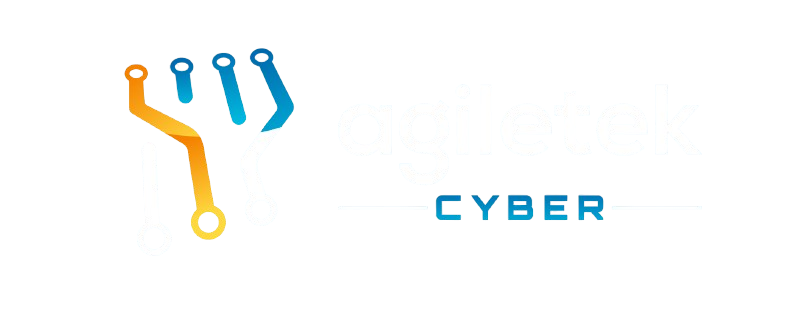How to Protect Your Business from Ransomware
While there’s no surefire way to completely eliminate the risk of a ransomware attack, there are several steps businesses can take to significantly reduce their exposure and minimize the impact if one occurs:
1. Regular Backups: Ensuring that critical data is regularly backed up and stored in an isolated, secure location is one of the best defenses against ransomware. Automated backups make it easier to restore systems without paying the ransom. Make sure that backups are conducted frequently and are not connected to your main network to prevent ransomware from encrypting them as well.
2. Patch Management: Cybercriminals often exploit vulnerabilities in outdated software to deploy ransomware. Keep your operating systems, software, and applications up to date with the latest patches and security updates to reduce the chances of exploitation.
3. Employee Training: Ransomware attacks frequently begin with a phishing email, so employee education is critical. Train your staff on how to recognize phishing attempts, suspicious links, and malicious attachments. Implementing a strong email filtering system can also block many phishing emails before they reach employees’ inboxes.
4. Multi-Factor Authentication (MFA): Multi-factor authentication (MFA) adds an extra layer of security by requiring more than just a password to access sensitive systems. Even if attackers steal login credentials, MFA can prevent unauthorized access by requiring a second form of verification (such as a one-time code sent to the user’s phone).
5. Network Segmentation: Segmenting your network into smaller, isolated areas can limit the spread of ransomware in the event of an attack. If one segment is compromised, other areas of the network remain unaffected, which can help contain the damage.
6. Endpoint Protection and Antivirus Software: Deploy endpoint protection tools and advanced antivirus software across all devices in your network. These tools can detect and block ransomware before it has the chance to encrypt your files. Ensure that these tools are configured to automatically update and scan your systems for potential threats.
7. Incident Response Plan: Having a well-defined incident response plan in place can help your business respond quickly and effectively if a ransomware attack occurs. This plan should outline procedures for containing the attack, restoring data from backups, communicating with stakeholders, and reporting the incident to the appropriate authorities.
8. Cyber Insurance: Consider investing in cyber insurance to help mitigate the financial impact of a ransomware attack. Cyber insurance can cover costs associated with the attack, including legal fees, recovery efforts, and potential fines.
5. What to Do if You Are Attacked
If your business is targeted by ransomware, it’s crucial not to panic. Immediately follow your incident response plan, disconnect affected systems from the network to prevent further spread, and contact your IT team or a cybersecurity expert. Do not pay the ransom, as this encourages further attacks and does not guarantee your data will be restored. Instead, focus on recovering from your backups and mitigating any further damage.
